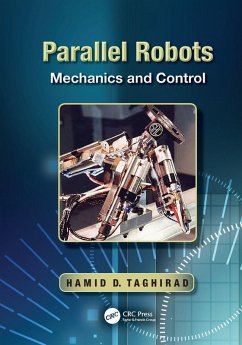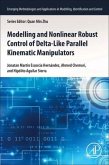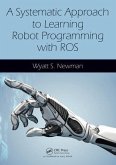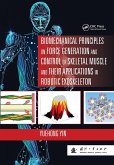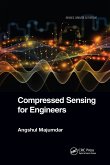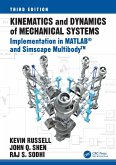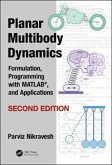Parallel structures are more effective than serial ones for industrial automation applications that require high precision and stiffness, or a high load capacity relative to robot weight. Although many industrial applications have adopted parallel structures for their design, few textbooks introduce the analysis of such robots in terms of dynamics and control. Filling this gap, Parallel Robots: Mechanics and Control presents a systematic approach to analyze the kinematics, dynamics, and control of parallel robots. It brings together analysis and design tools for engineers and researchers who want to design and implement parallel structures in industry.
Covers Kinematics, Dynamics, and Control in One Volume
The book begins with the representation of motion of robots and the kinematic analysis of parallel manipulators. Moving beyond static positioning, it then examines a systematic approach to performing Jacobian analysis. A special feature of the book is its detailed coverage of the dynamics and control of parallel manipulators. The text examines dynamic analysis using the Newton-Euler method, the principle of virtual work, and the Lagrange formulations. Finally, the book elaborates on the control of parallel robots, considering both motion and force control. It introduces various model-free and model-based controllers and develops robust and adaptive control schemes. It also addresses redundancy resolution schemes in detail.
Analysis and Design Tools to Help You Create Parallel Robots
In each chapter, the author revisits the same case studies to show how the techniques may be applied. The case studies include a planar cable-driven parallel robot, part of a promising new generation of parallel structures that will allow for larger workspaces. The MATLAB® code used for analysis and simulation is available online. Combining the analysis of kinematics and dynamics with methods of designing controllers, this text offers a holistic introduction for anyone interested in designing and implementing parallel robots.
Covers Kinematics, Dynamics, and Control in One Volume
The book begins with the representation of motion of robots and the kinematic analysis of parallel manipulators. Moving beyond static positioning, it then examines a systematic approach to performing Jacobian analysis. A special feature of the book is its detailed coverage of the dynamics and control of parallel manipulators. The text examines dynamic analysis using the Newton-Euler method, the principle of virtual work, and the Lagrange formulations. Finally, the book elaborates on the control of parallel robots, considering both motion and force control. It introduces various model-free and model-based controllers and develops robust and adaptive control schemes. It also addresses redundancy resolution schemes in detail.
Analysis and Design Tools to Help You Create Parallel Robots
In each chapter, the author revisits the same case studies to show how the techniques may be applied. The case studies include a planar cable-driven parallel robot, part of a promising new generation of parallel structures that will allow for larger workspaces. The MATLAB® code used for analysis and simulation is available online. Combining the analysis of kinematics and dynamics with methods of designing controllers, this text offers a holistic introduction for anyone interested in designing and implementing parallel robots.

